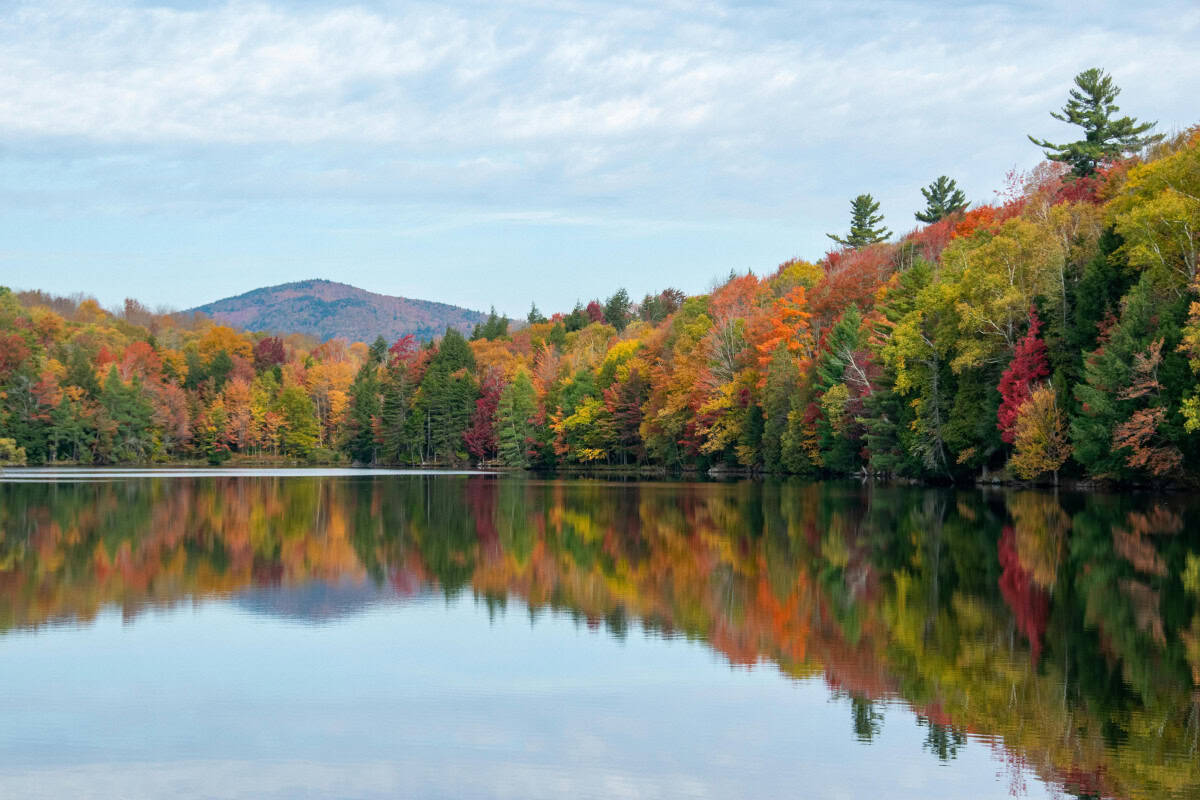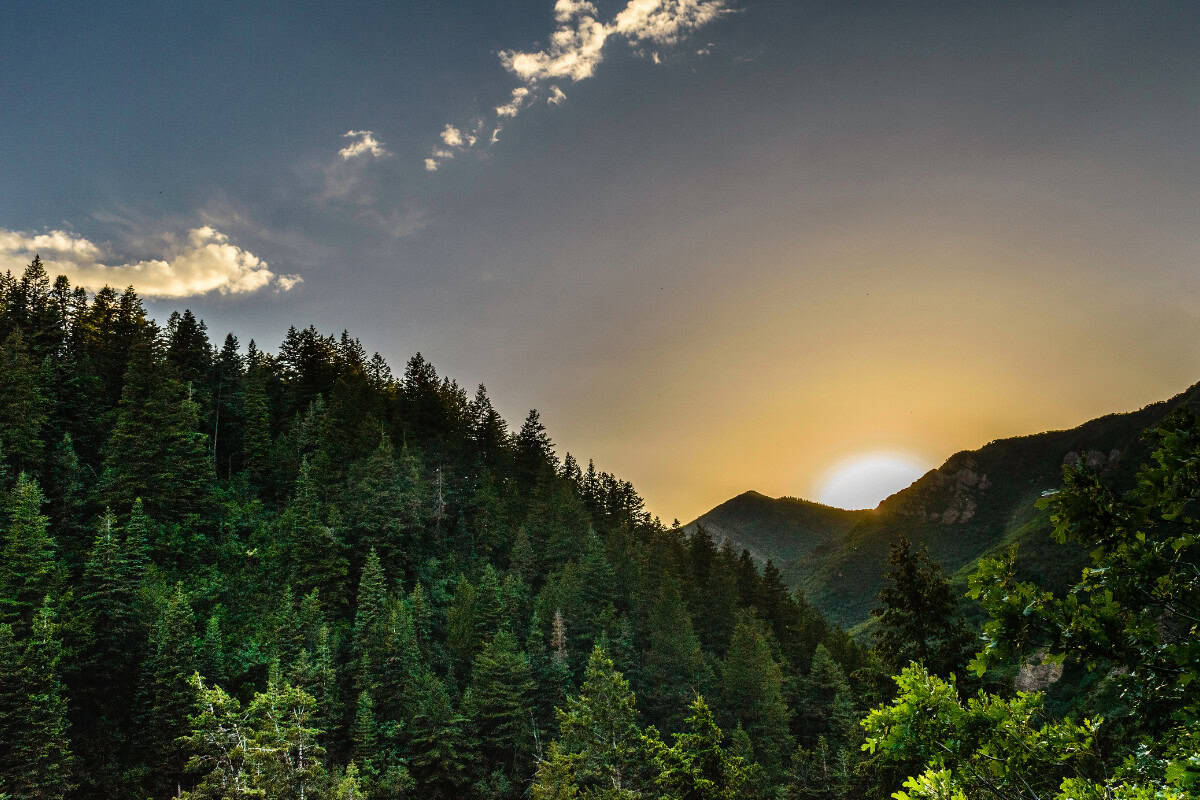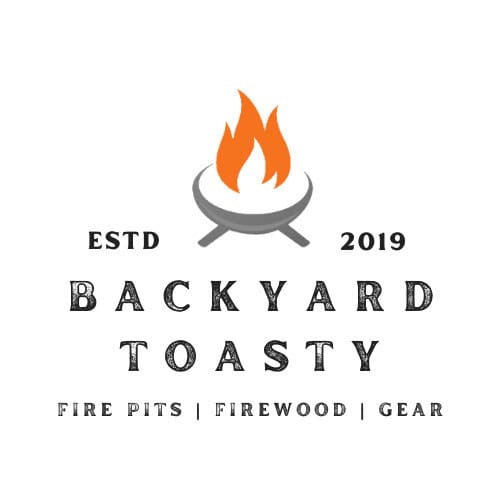
The American firewood market is growing steadily, with firewood prices ranging from $250-500+ per cord nationwide.
The industry is worth $3.62 billion in 2024 and expected to reach $4.50 billion by 2030.
If you own a fire pit or love outdoor entertaining, understanding firewood prices per cord and quality factors will help you get the best value for your money.
- Regional firewood prices reveal dramatic market variations
- Seasonal firewood prices create strategic buying opportunities
- Quality standards and firewood prices per cord determine value
- Market forces affecting firewood prices nationwide
- Smart strategies for the best firewood prices per cord
- Wrap-up: Getting the best firewood prices
- Related Resources: U.S. Firewood Prices

Regional firewood prices reveal dramatic market variations
Where you live makes a huge difference in firewood prices you’ll pay. Some regions cost double or triple what others charge. Knowing these regional firewood prices per cord helps you budget properly, find potential savings, and set realistic expectations for what firewood costs in your area.
| Region | Firewood Prices per Cord | Notable Features |
|---|---|---|
| Northeast (Vermont) | $470-475 | Premium kiln-dried quality |
| Kentucky | $250-500 | Wide price variation |
| Southwest (Arizona) | $325-1,100 | Extreme range: Pine to premium oak |
| Mountain West (Colorado) | $250-450 | Best overall value |
| Midwest (Chicago area) | $350-425 | Includes local delivery |
| West Coast | $250-600+ | 15-25% urban premium |
Northeast commands the highest firewood prices with Vermont suppliers charging $470-475 per cord for kiln-dried quality, while Kentucky firewood prices per cord range from $250-500.
Urban areas consistently cost 10-25% more than rural areas because of delivery costs and limited local supply—especially affecting suburban fire pit owners who need wood delivered.
The Southwest shows the biggest firewood price differences based on wood type. Arizona firewood prices per cord range from $325 for Aleppo Pine to an incredible $1,100 per cord for premium oak.
Specialty hardwoods cost 40-100% more than basic softwoods. Mesquite and pecan woods cost $800+ per cord but are prized by fire pit enthusiasts for their amazing smell and long-burning qualities.
Mountain West offers the best firewood prices for fire pit owners, with Colorado Springs pricing pine at $250 per cord and premium hardwoods reaching $450.
Oregon’s Central region sells Douglas Fir at $400 per cord when you buy two cords or more, while specialty Madrone hardwood costs $560 per “Euro cord”—great choices if you want aromatic outdoor fires.
What is a Euro Cord?
The Midwest keeps firewood prices reasonable with Chicago area suppliers offering seasoned hardwood for $350-425 per cord, usually including local delivery.
This is a solid value for suburban fire pit owners compared to coastal markets.
West Coast firewood prices vary wildly by location and wood type, ranging from $250-600+ per cord.
Urban California and Oregon markets charge 15-25% more than rural areas, with specialty hardwood blends reaching $600 per cord—though these premium woods create exceptional atmosphere for backyard gatherings.

Seasonal firewood prices create strategic buying opportunities
When you buy firewood can save you hundreds of dollars each year while making sure you have great wood ready for peak outdoor entertaining season.
Understanding these predictable firewood price cycles helps smart fire pit owners get the most for their money and avoid the panic buying that drives winter firewood prices sky-high.
| Season | Firewood Prices vs. Peak | Savings Potential | Best For |
|---|---|---|---|
| Summer | 30-50% below peak | Highest savings | Strategic buyers |
| Fall | 15-25% below peak | Moderate savings | Planning ahead |
| Winter | Peak firewood prices | No savings | Emergency only |
| Spring | 20-35% below peak | Good savings | End-of-season deals |
The firewood market follows predictable yearly cycles with summer purchases offering 30-50% savings compared to peak winter demand.
Firewood prices hit their lowest during summer months when supply is plentiful and outdoor fire season hasn’t started yet.
Prices then climb steadily through fall before reaching maximum levels during winter holiday entertaining season.
Smart fire pit owners can save big money by purchasing during spring and summer months. Industry data shows buyers can cut firewood prices by up to 50% through strategic timing, making early purchase and proper storage a valuable investment for those planning regular outdoor entertaining.
Fall firewood prices sit in the middle, while late fall through winter purchases cost premium rates due to urgent demand from both heating and recreational users.
The 2024-2025 outdoor fire season reflects broader economic pressures including inflation impacts on labor and transportation costs.
Higher fuel prices directly affect delivery charges, now ranging $25-100 per load depending on distance.
Supply chain problems from weather events, particularly Western wildfires and hurricane activity, continue creating periodic supply shortages that keep firewood prices elevated.

Quality standards and firewood prices per cord determine value
Getting the right quantity and quality of firewood makes the difference between memorable fire pit experiences and frustrating evenings fighting smoky, poor-burning wood.
Understanding industry measurements and quality indicators protects you from common buying mistakes while ensuring your investment delivers maximum enjoyment for outdoor gatherings.
Standard Firewood Measurements and Pricing
| Measurement | Volume | Equivalent | Typical Firewood Prices |
|---|---|---|---|
| Full Cord | 128 cubic feet (4’×4’×8′) | 600-800 splits | $250-500+ nationwide |
| Face Cord/”Rick” | ~43 cubic feet | 200-270 splits | $85-165 (1/3 of full cord) |
| Half Cord | 64 cubic feet | 300-400 splits | $125-250 |
Understanding firewood measurements prevents costly purchasing mistakes. A standard full cord equals 128 cubic feet when properly stacked (4 feet by 4 feet by 8 feet), containing roughly 600-800 individual splits with 70-90 cubic feet of actual solid wood due to air gaps—typically enough for an entire outdoor entertaining season.
Face cords or “ricks” represent one-third cord volume (roughly 43 cubic feet), though these terms aren’t legally standardized in many states.
Fire pit owners should always verify actual measurements rather than relying on vague terms like “truckload” or regional variations when comparing firewood prices per cord.
Wood Quality Impact on Firewood Prices
| Moisture Content | Burn Quality | Firewood Price Impact | Best Use |
|---|---|---|---|
| 15-25% (seasoned) | Clean burning, minimal smoke | Standard firewood prices | Ideal for fire pits |
| Below 15% (kiln-dried) | Excellent burning | 15-25% premium | Immediate use |
| 50-75% (green/fresh) | Poor burning, excessive smoke | Lowest firewood prices | Avoid for fire pits |
Moisture content is the most important quality factor affecting both firewood prices and fire performance.
Properly seasoned firewood with 15-25% moisture content burns efficiently with minimal smoke, while green wood at 50-75% moisture provides 45% less heat and creates excessive smoke that drives guests away from the fire pit.
Kiln-dried firewood below 15% moisture costs 15-25% more but offers immediate use and creates the clean-burning fires perfect for outdoor gatherings.
Wood Species and Firewood Prices Per Cord
| Wood Type | BTU per Cord | Firewood Price Premium | Burn Characteristics |
|---|---|---|---|
| Oak, Hickory, Ash | 24-30 million | 25-80% above softwood | Long burning, steady heat |
| Maple, Cherry | 20-25 million | 15-50% above softwood | Good heat, pleasant aroma |
| Pine, Fir | 13-22 million | Base firewood prices | Quick burning, easy lighting |
| Mesquite, Pecan | 25-28 million | 100-200% above softwood | Excellent aroma, long burning |
Wood species dramatically impact both firewood prices per cord and fire pit performance. High-BTU hardwoods like oak, hickory, and ash (24-30 million BTU per cord) cost 25-80% more than softwoods but provide much longer burn times and create the steady, long-lasting fires ideal for extended outdoor entertaining.
Pine and other softwoods (13-22 million BTU per cord) offer budget-friendly firewood prices for occasional fire pit use but require more frequent loading and produce shorter-lived fires.

Market forces affecting firewood prices nationwide
External factors beyond simple supply and demand increasingly influence firewood prices and availability.
Environmental regulations, transportation challenges, and global events all impact what you’ll pay and what wood types will be available in your area.
Environmental regulations increasingly influence market dynamics. Interstate transport restrictions due to invasive species concerns limit supply chains, while EPA air quality standards promote cleaner-burning practices that benefit fire pit users in residential areas.
The “Don’t Move Firewood” campaign restricts transport to 10-50 mile radius in many areas, supporting local supplier networks that often better understand regional fire pit preferences.
Supply chain pressures continue affecting firewood prices and availability. Mill capacity constraints from permanent closures, combined with weather disruptions and transportation bottlenecks, help maintain elevated price levels.
The Russia-Ukraine conflict disrupted global wood exports, increasing demand for North American sources.
Consumer demand trends support market growth driven by outdoor living preferences and backyard entertainment popularity.
The recreational and secondary heating market represents a growing segment, while technology improvements in fire pit design increase efficiency and safety for outdoor use.
The trend toward outdoor entertainment spaces has significantly boosted recreational firewood demand.

Smart strategies for the best firewood prices per cord
Successful firewood buying requires more than just finding the lowest firewood prices—it involves developing a smart strategy that ensures quality, value, and reliable supply for your outdoor entertainment needs.
These practical approaches help maximize your investment while building relationships that serve you well for multiple fire seasons.
Money-Saving Firewood Price Strategies
| Strategy | Potential Savings | Best Timing | Requirements |
|---|---|---|---|
| Summer buying | 25-50% off peak firewood prices | June-August | Storage space |
| Bulk orders (2+ cords) | 10-20% off per cord | Any time | Large storage area |
| Local supplier relationships | 5-15% off firewood prices | Ongoing | Regular communication |
| End-of-season purchases | 20-35% off firewood prices | March-April | Patience for next season |
Timing purchases strategically yields the best firewood prices. Summer buying provides 25-50% cost savings for the upcoming outdoor fire season, while bulk orders of 2+ cords typically earn 10-20% volume discounts.
Building relationships with local suppliers enables better firewood prices per cord and ensures quality wood availability for planned outdoor events.
Quality verification prevents disappointing fire pit experiences. Investing in a $20 moisture meter lets you test before purchase, while visual inspection for seasoning signs (cracks, gray color, hollow sound when pieces strike together) confirms proper preparation for clean-burning outdoor fires.
Always request detailed receipts specifying wood type, quantity, and moisture content for consumer protection.
Firewood Usage Planning and Pricing Guide
| Fire Pit Use Level | Annual Cord Needs | Firewood Price Range | Usage Pattern |
|---|---|---|---|
| Occasional (monthly) | 0.5-1 cord | $125-500 | Weekend gatherings |
| Regular (weekly) | 1-2 cords | $250-1,000 | Frequent entertaining |
| Heavy (multiple times/week) | 2-3 cords | $500-1,500 | Primary outdoor activity |
Quantity planning prevents over or under-purchasing. Regular fire pit entertaining could require 1-3 cords per outdoor season depending on frequency of use and fire pit size, while occasional users may need only a half cord annually.
Recreational fire pit use consumes roughly 1 cubic foot per burning hour, making it easy to estimate seasonal needs based on planned usage.
Storage practices protect your investment. Proper stacking 15-30 feet from structures, elevated off ground, with top covering but open sides for air flow, maintains wood quality and prevents pest issues.
Split-side-down stacking promotes continued drying while stable construction prevents collapse. Consider convenient access to your fire pit area when planning storage location.

Wrap-up: Getting the best firewood prices
The 2024-2025 firewood market combines traditional seasonal patterns with modern supply chain issues.
Strategic fire pit owners can achieve significant savings on firewood prices through summer purchasing, bulk buying, and quality verification, while understanding regional firewood prices per cord enables informed supplier selection for the best outdoor fire experience.
Market growth projections indicate continued viability as outdoor living preferences and backyard entertainment trends drive recreational demand.
However, environmental regulations and supply chain constraints suggest firewood prices will remain elevated compared to historical levels.
Success in this marketplace requires balancing immediate fire pit needs with strategic planning, quality assessment focused on clean-burning characteristics, and relationship building with reliable local suppliers who understand the unique requirements of outdoor entertainment and can provide consistent service throughout the fire season.
Take This Guide With You
Now that you understand the basics of measuring firewood and what to look for in quality seasoned wood, you’re ready to shop with confidence.
To make your firewood buying experience even easier, I’ve created a comprehensive Firewood Buying Guide & Checklist that you can take with you when shopping or keep handy for vendor calls.
This printable guide includes all the essential questions to ask vendors, red flags to avoid, inspection checklists, and a vendor evaluation scorecard. Download our PDF guide here and print it out before your next firewood purchase.
Having this checklist in hand will ensure you get exactly what you’re paying for and help you find reliable suppliers for years to come.
Don’t let another firewood vendor catch you unprepared – arm yourself with the right questions and knowledge to get the best value for your money.
Finally, check out our firewood requirements calculator to get an estimate of how much firewood you’ll need based on how many months out of the year you use your fire pit and how often per month.


